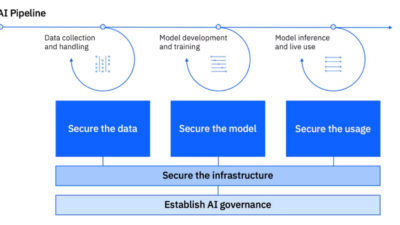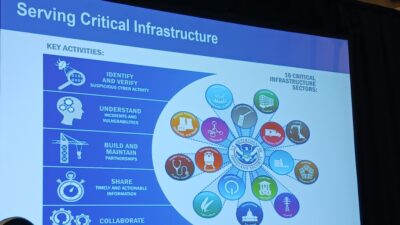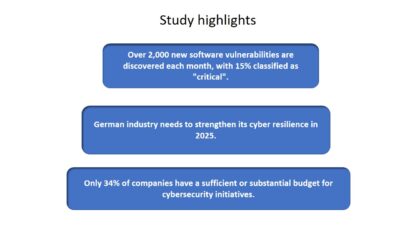In most instances, physical site security of a manufacturing or processing facility has been treated as a separate endeavor from control system security. As a result, facility security—especially for remote facilities—has been left largely to security firms using video surveillance.
In most instances, physical site security of a manufacturing or processing facility has been treated as a separate endeavor from control system security. As a result, facility security—especially for remote facilities—has been left largely to security firms using video surveillance. In other instances, where SCADA systems are used to track activities (unexpected or planned) at a site, the SCADA information cannot visually verify if authorized personnel are conducting the activities.
To address remote facility security concerns, a company known as Longwatch has been formed to integrate video security with existing SCADA systems. Longwatch’s Surveillance Solution consists of three modules—Remote Video Engine, Video Cortex, and Video Control Center.
Remote Video Engine continuously collects video from up to four cameras (black and white or color), compressing and sending selected real-time video clips over existing SCADA networks to a central station. Constant human monitoring of these feeds is not necessary, according to Longwatch, as the system’s Video Cortex monitors video images to detect atypical activities by exception. The system’s Video Control Center—designed to integrate with popular HMI packages—stores intrusion events in its database for retrieval and analysis. HMI systems supported by the Video Control Center include GE/Intellution iFix, Wonderware InTouch, and Rockwell RS-View. These events can also be viewed over the Internet using standard Web browsers. When accessing the Longwatch Surveillance Solution, both video and SCADA data are viewable on the same screen.
Developed by programmers long associated with the SCADA industry (most were attached to Intellution), the Longwatch Remote Video Engine currently supports protocols for Allen-Bradley DF-1, TCP/IP, and RS232/485 serial. According to the company, more PLC/RTU drivers are under construction. Local storage of video collected by the system is 40 GB—approximately 18 days of video data.
Donald Simoneau, president and CEO of Longwatch says the company currently is focused on delivering this solution to water treatment facilities because of the security concerns surrounding this industry. However, Simoneau points out that the solution can work for any industry where security of a remote facility is of concern.
According to Simoneau, the cost for the Longwatch system is $25,000 per remote site.
For more information, visit the company Web site at www.longwatch.com .


